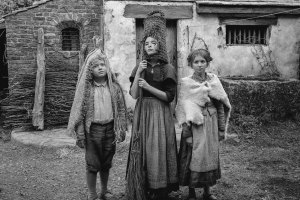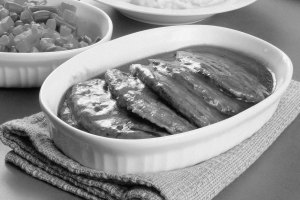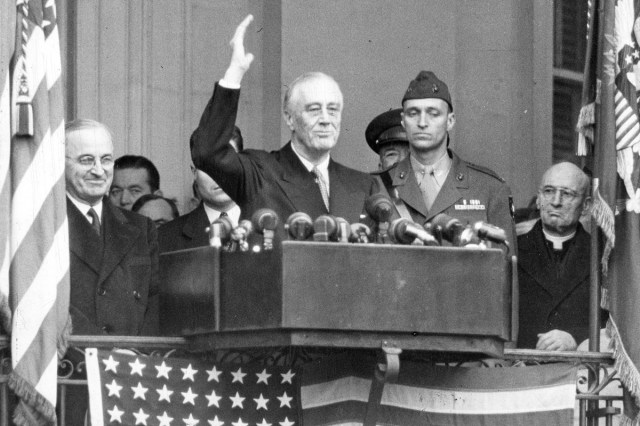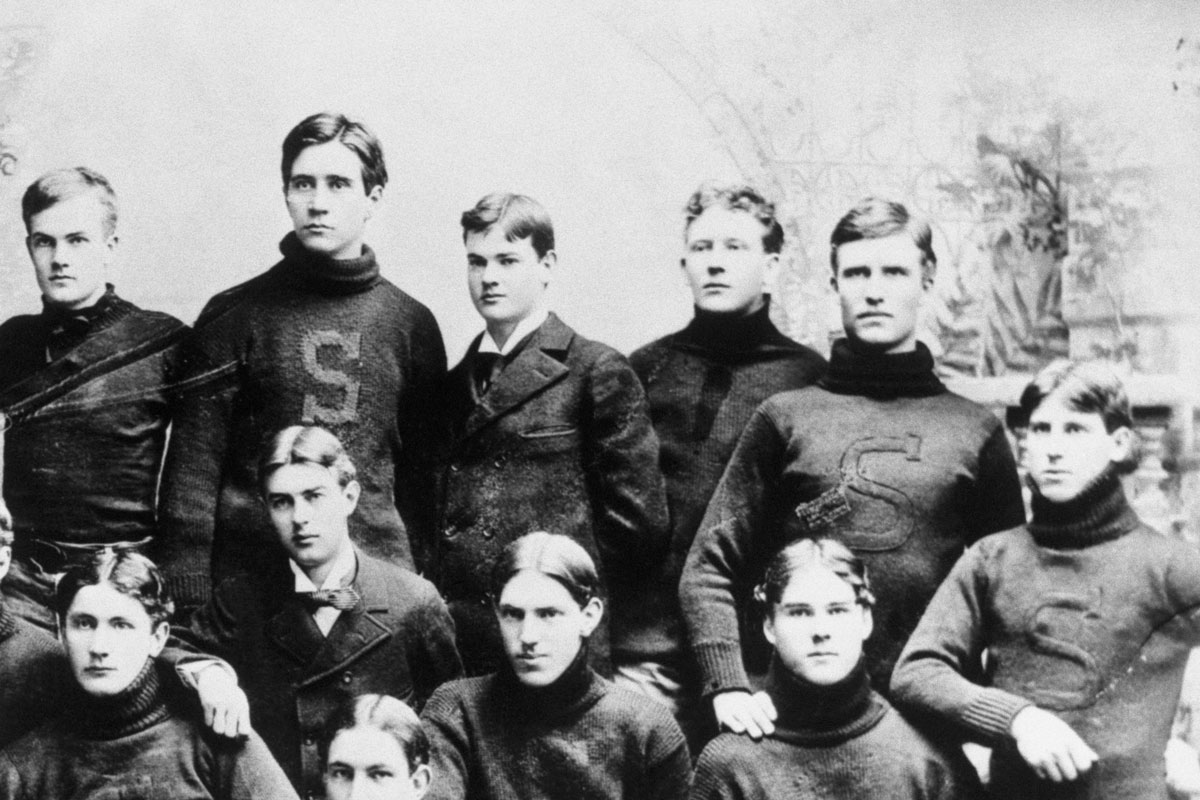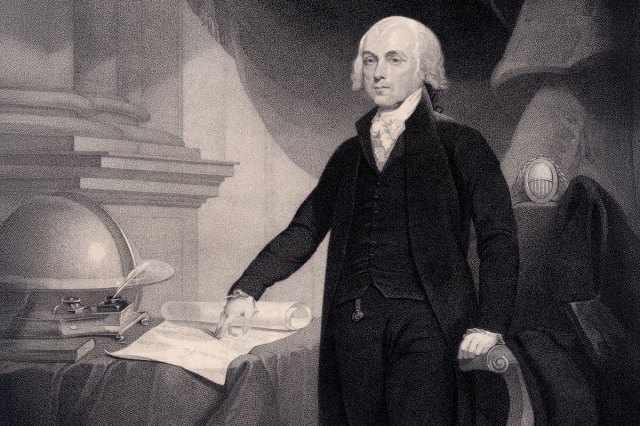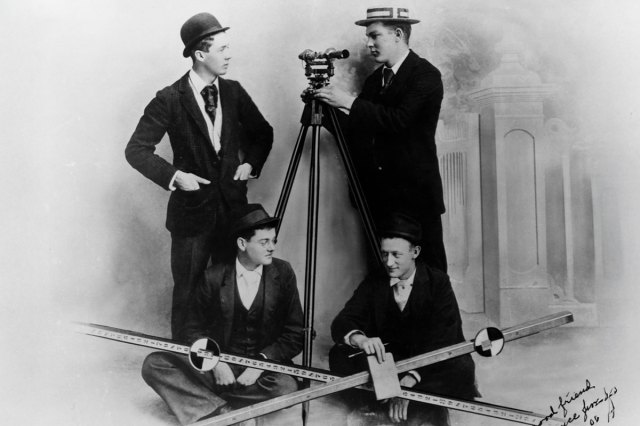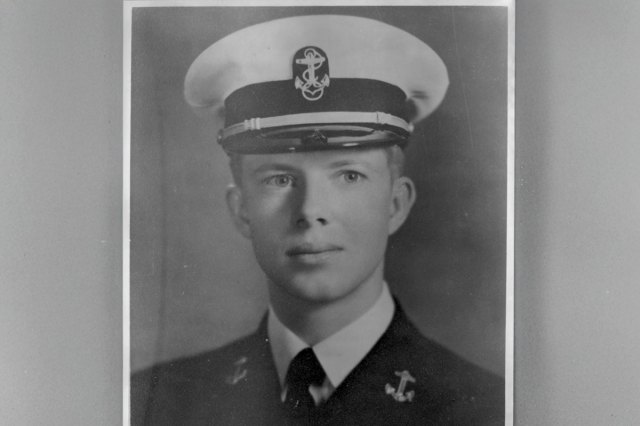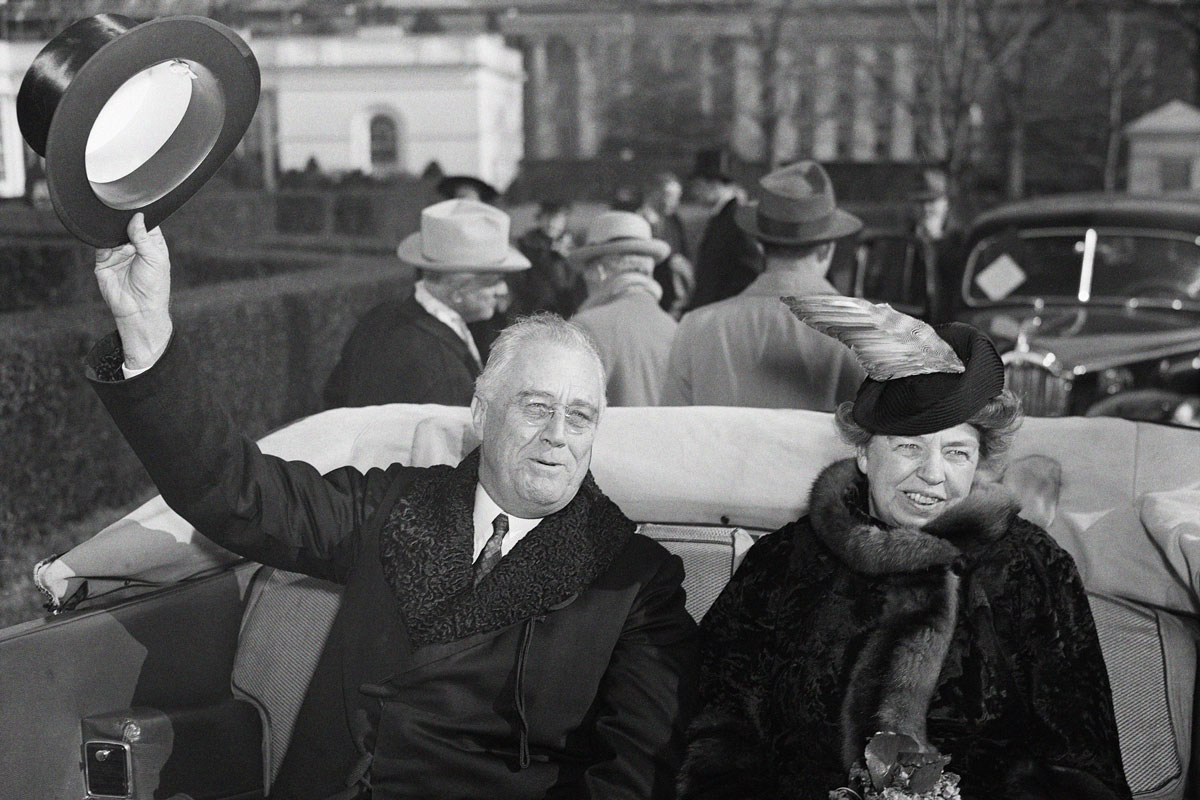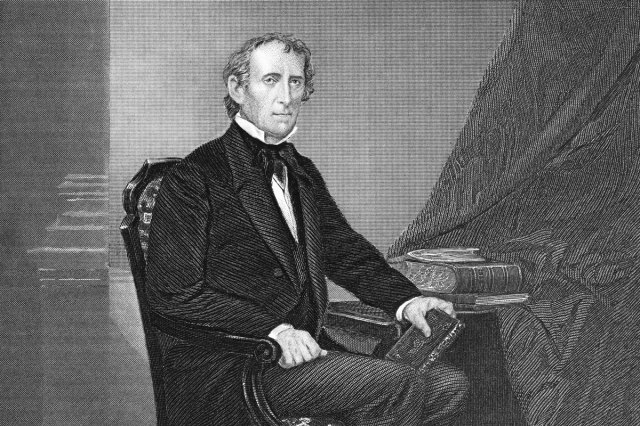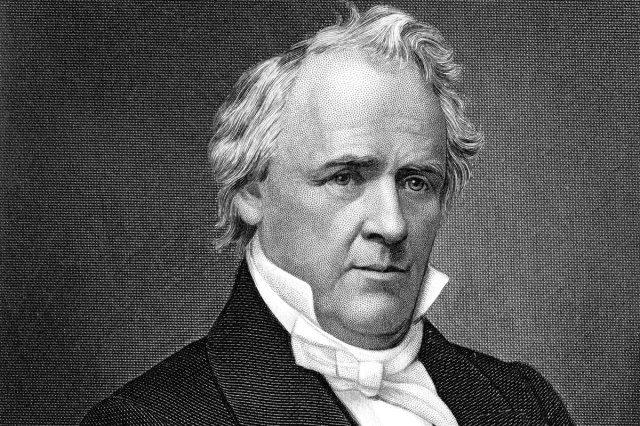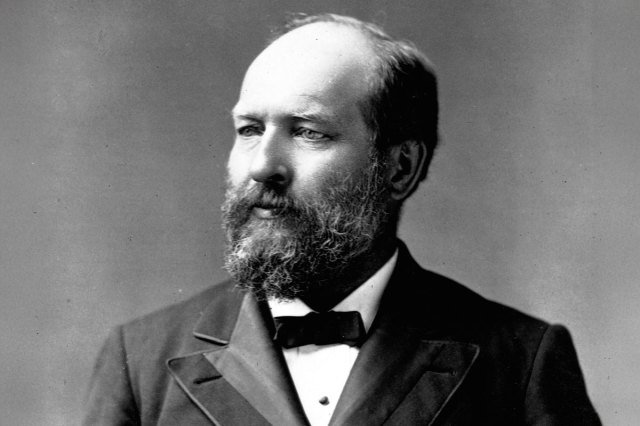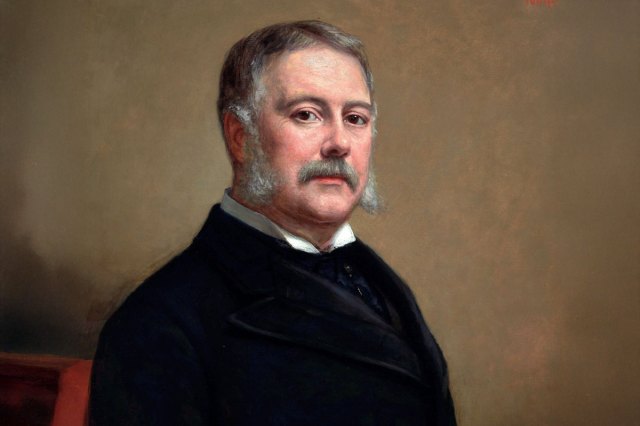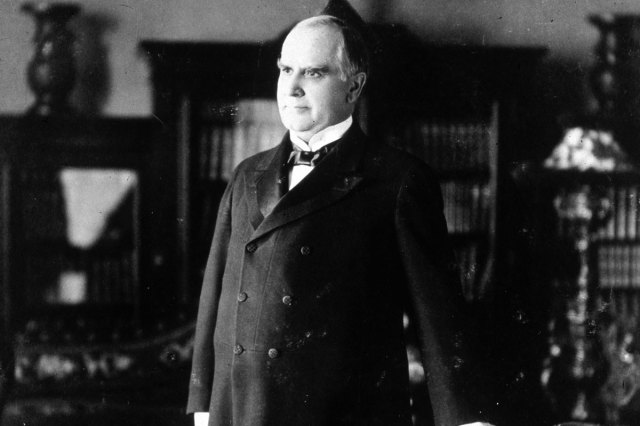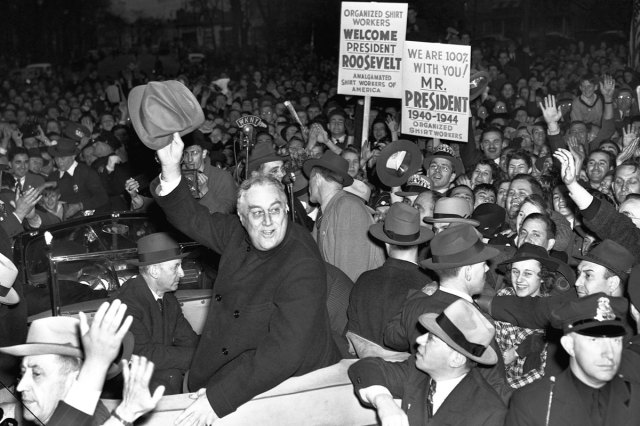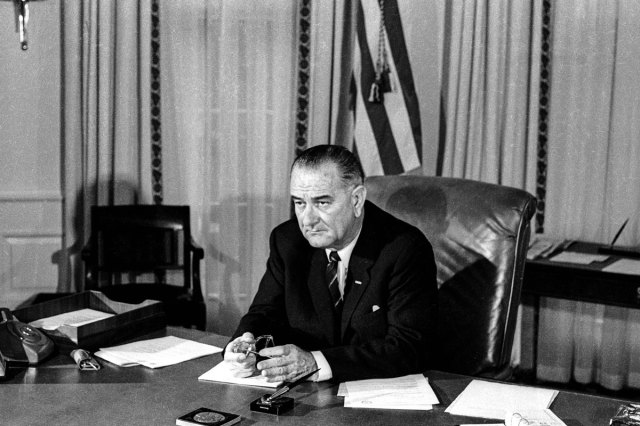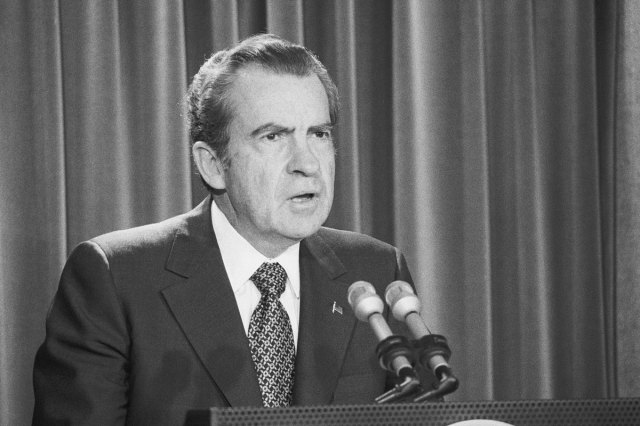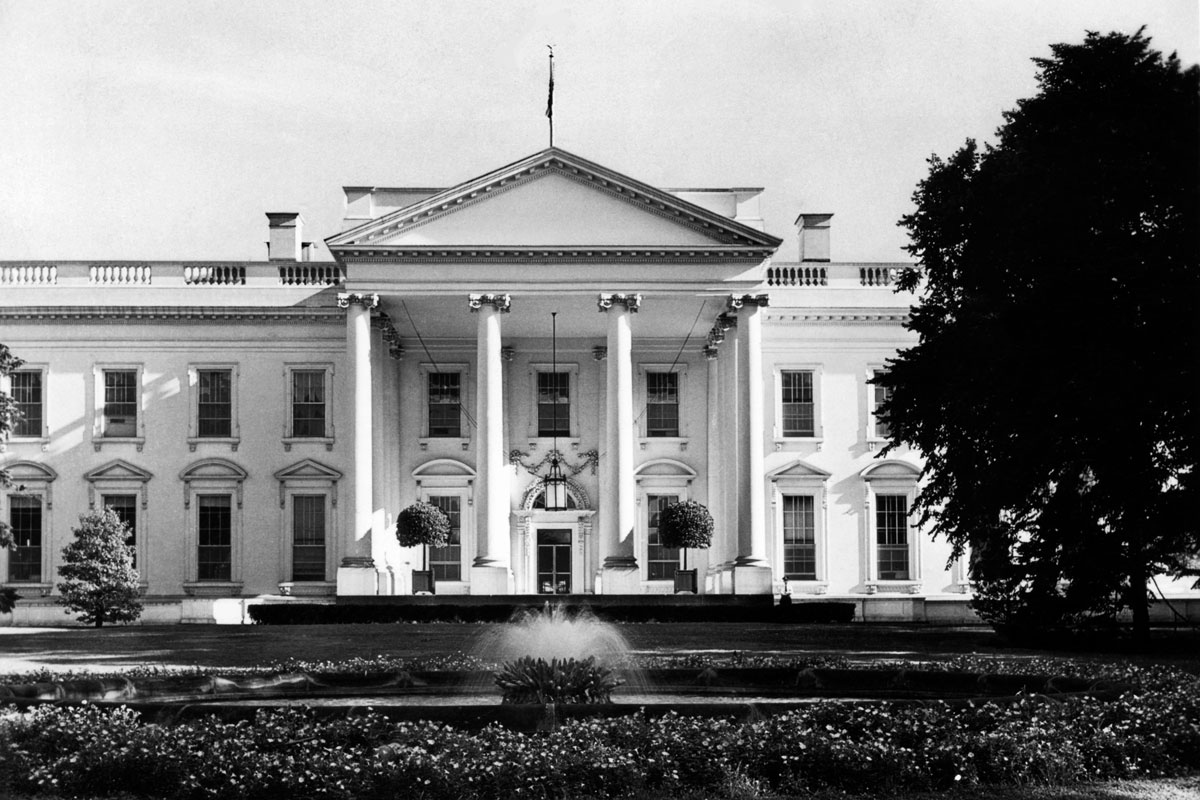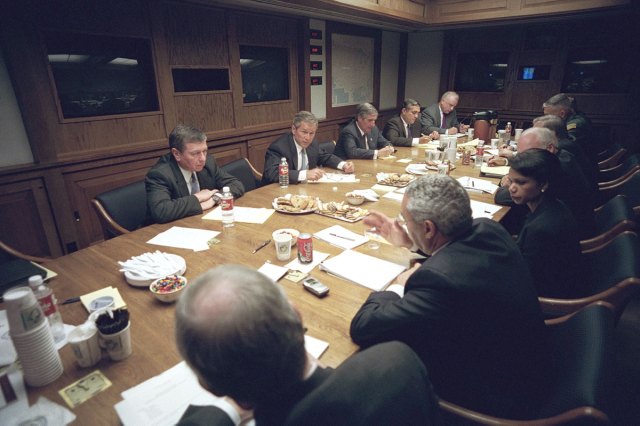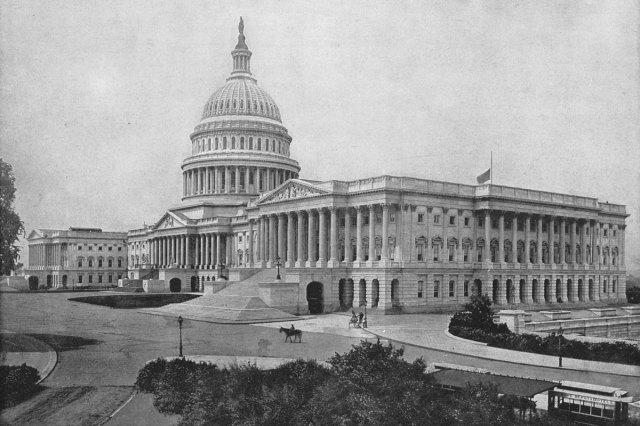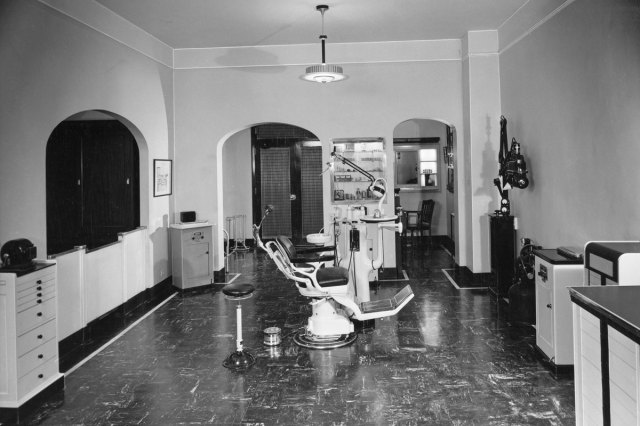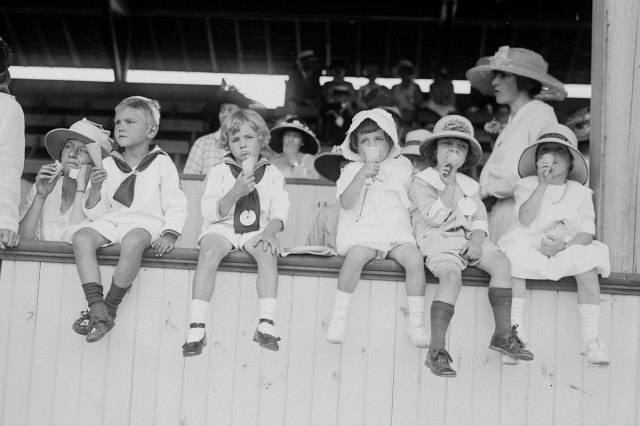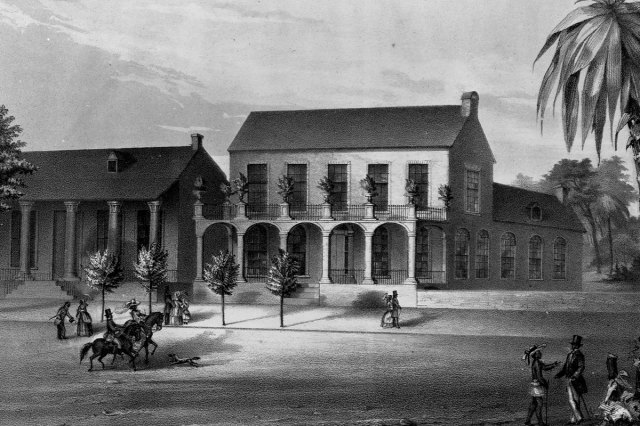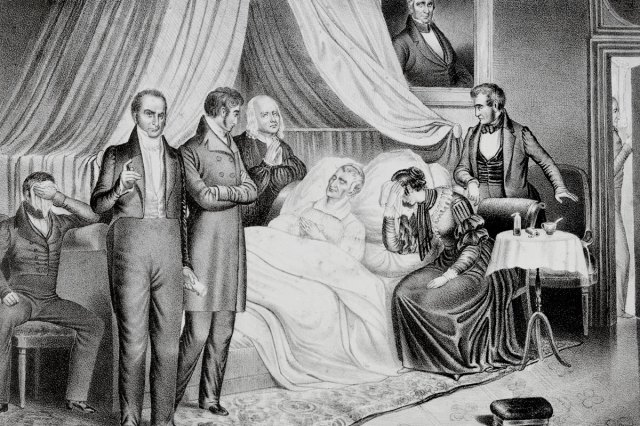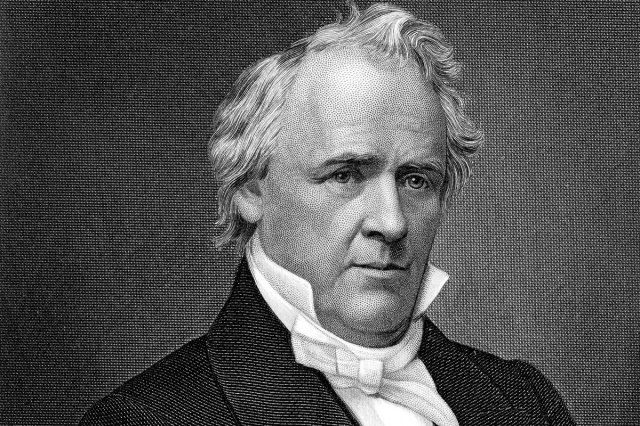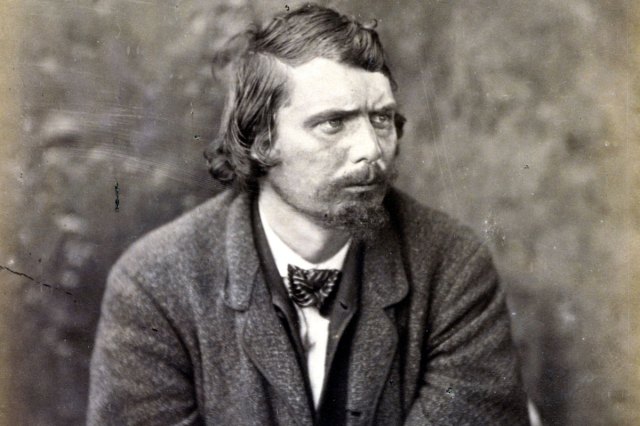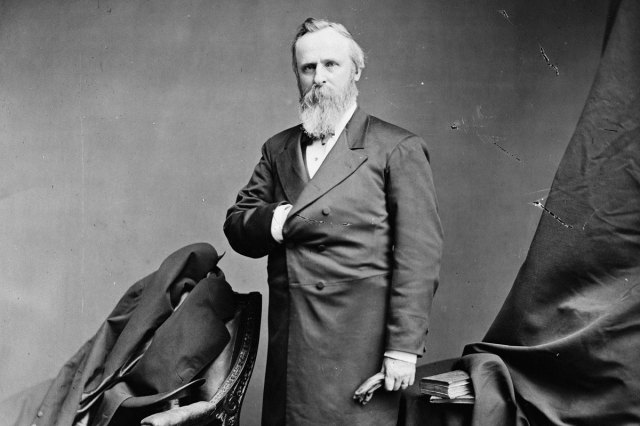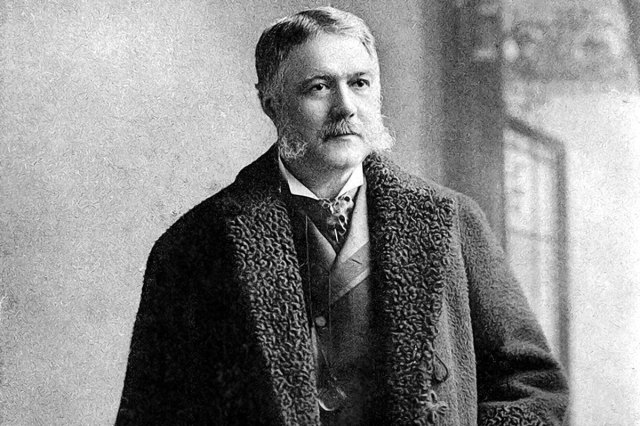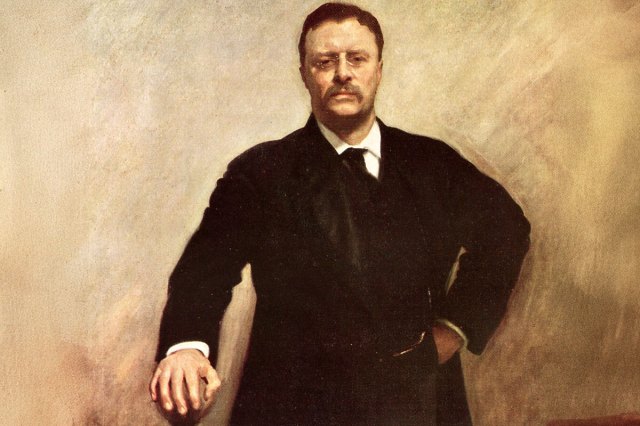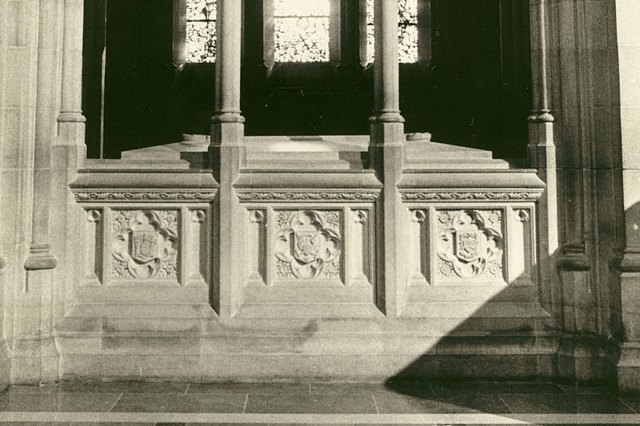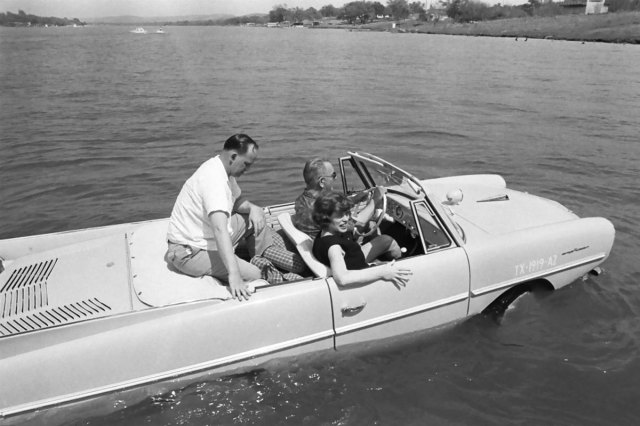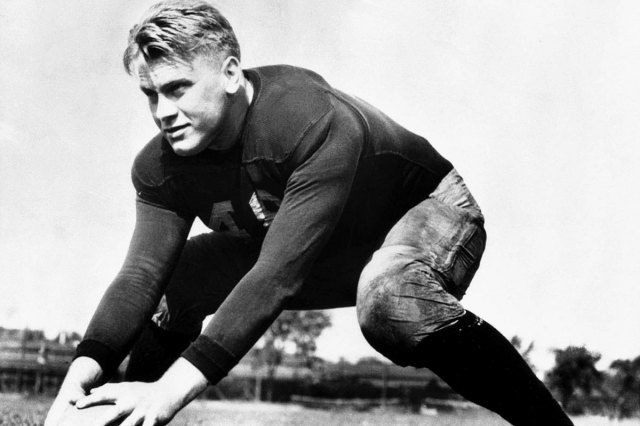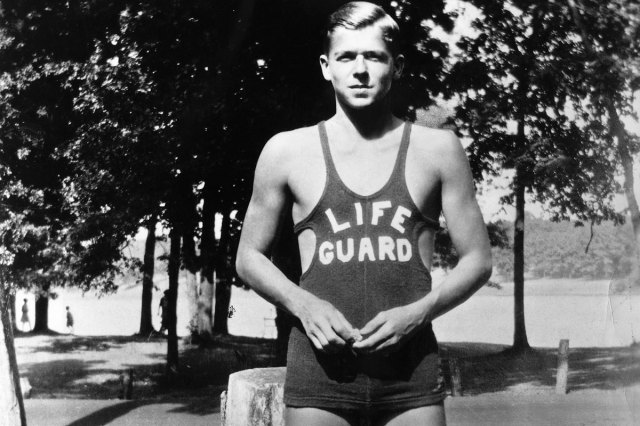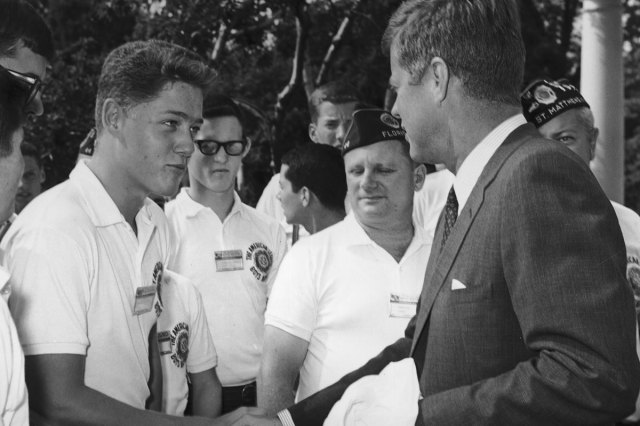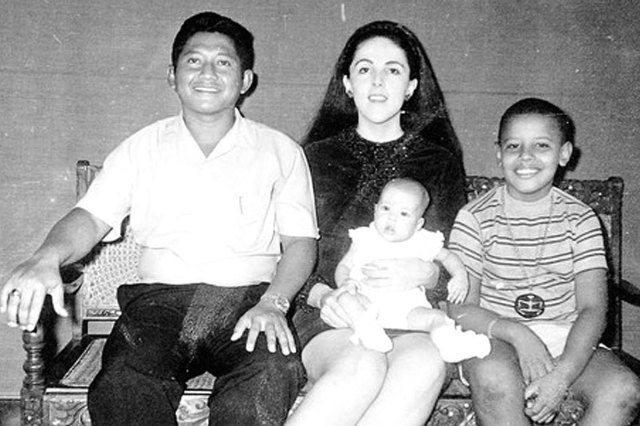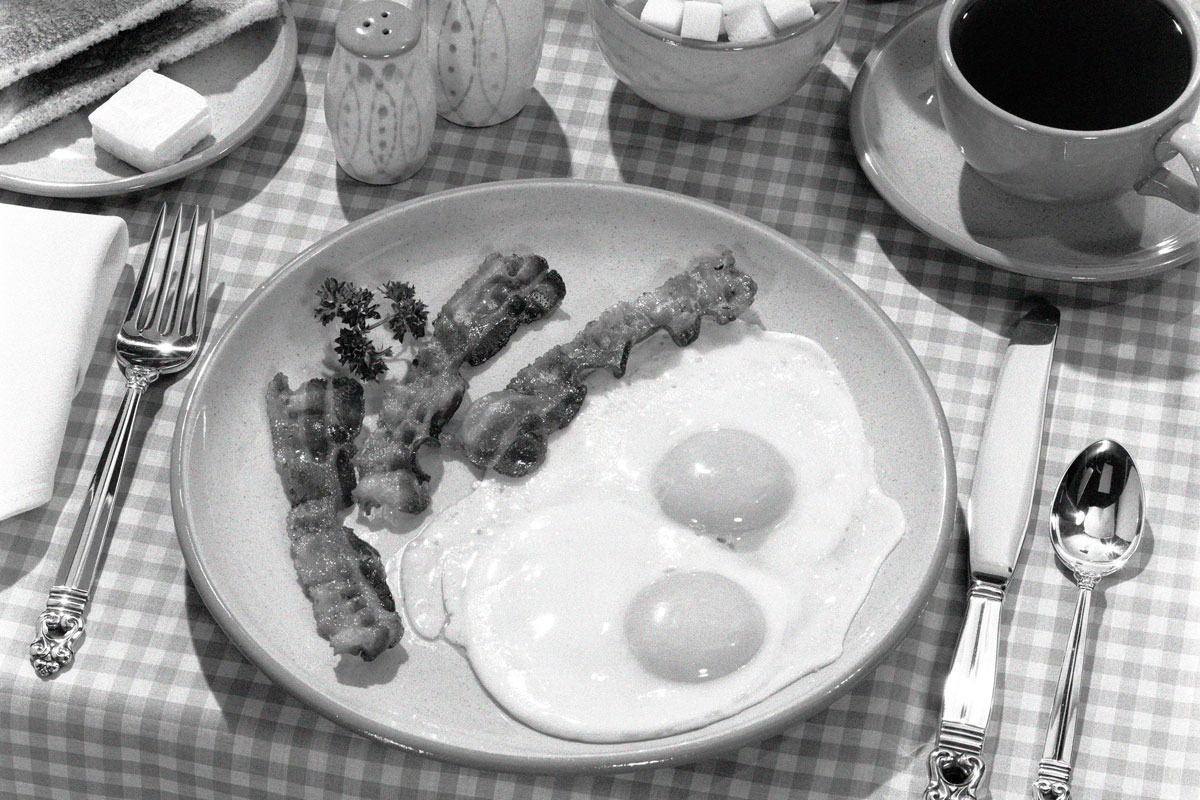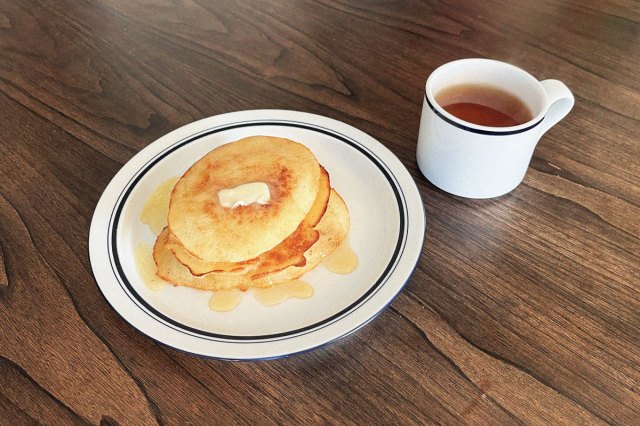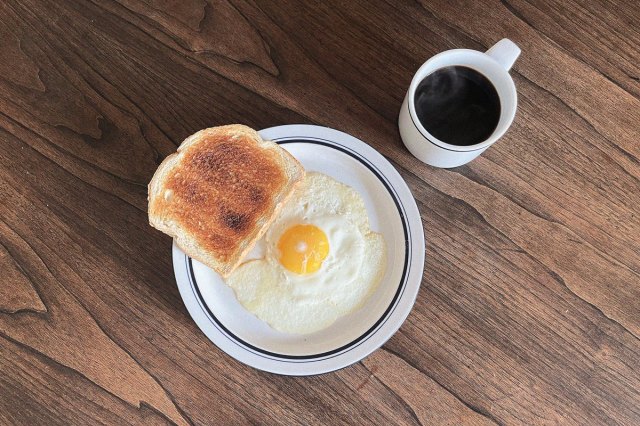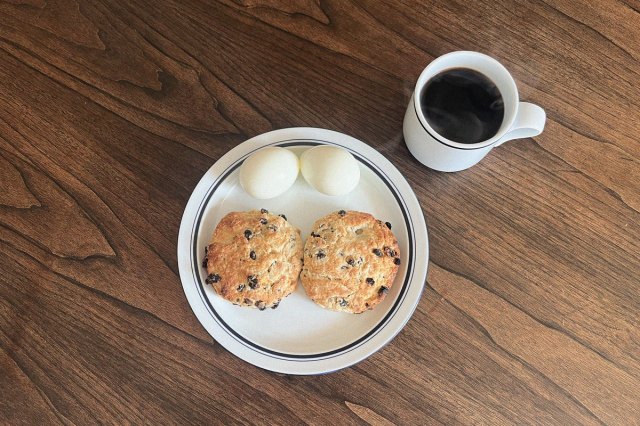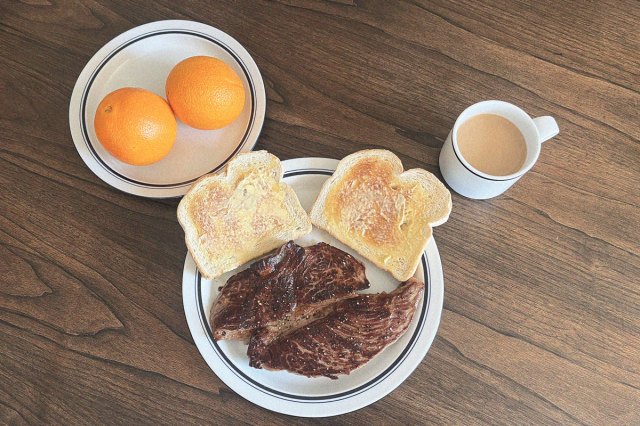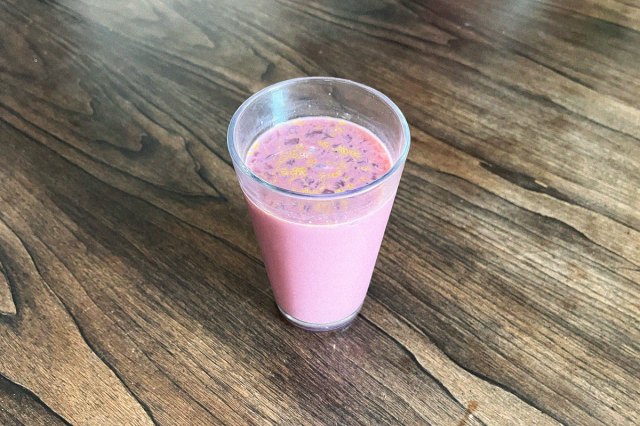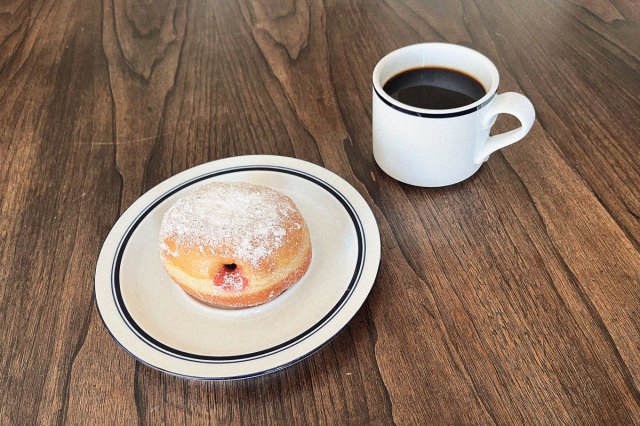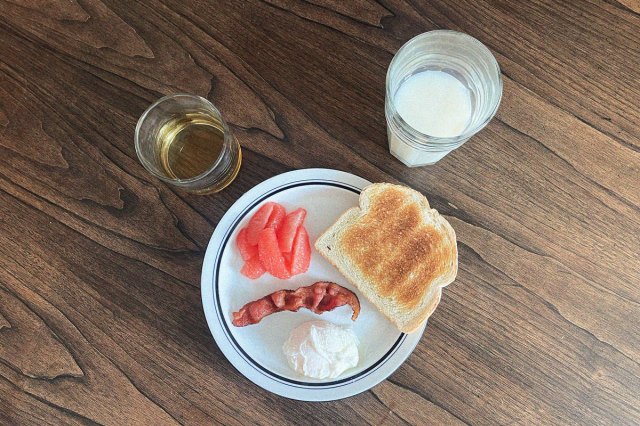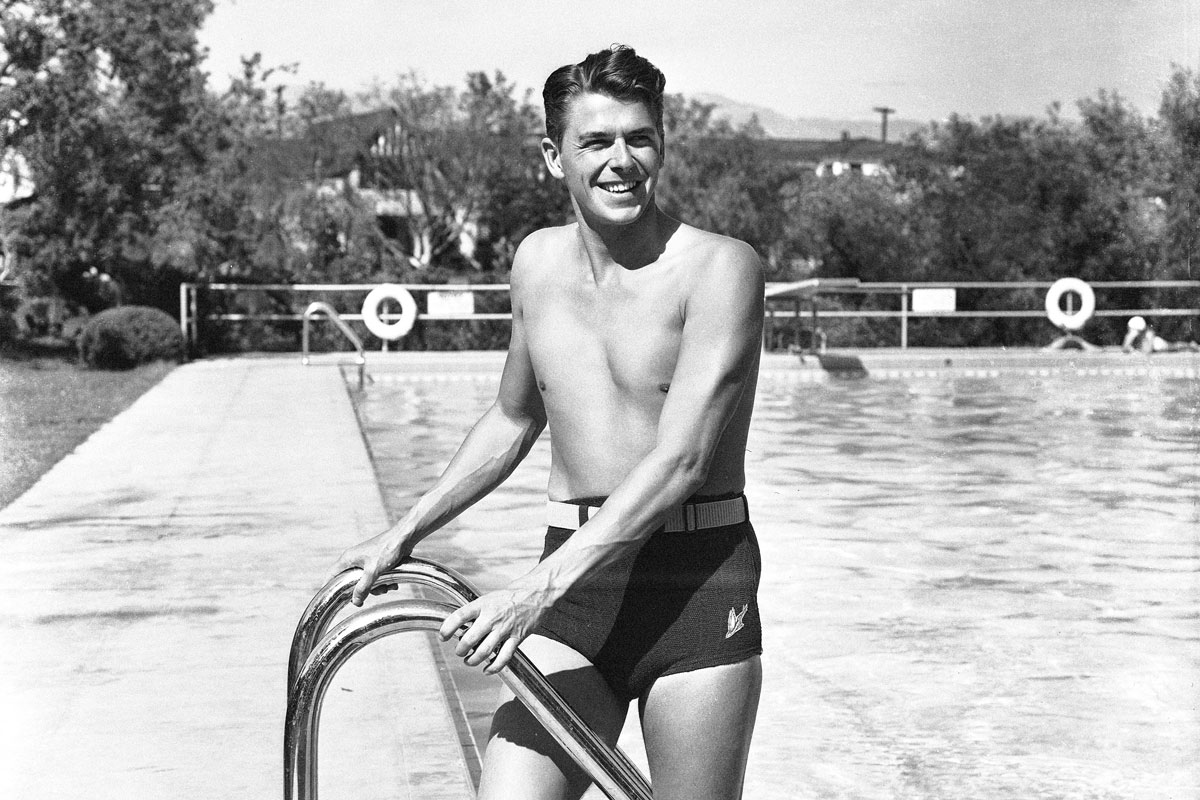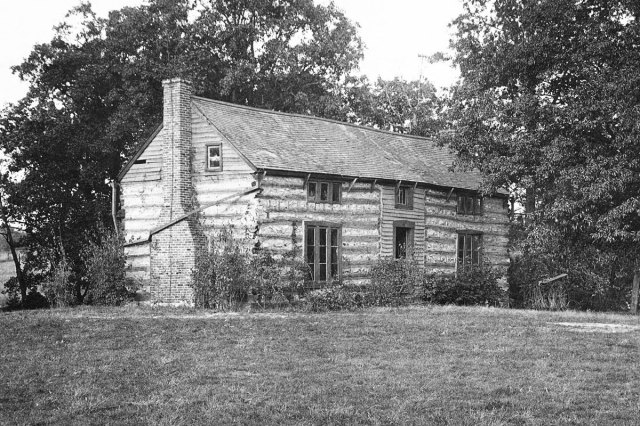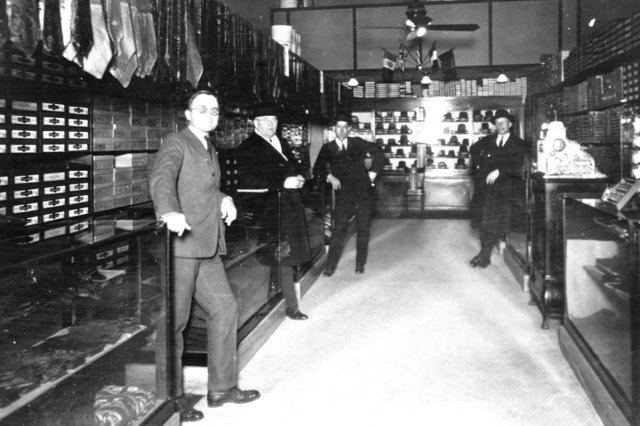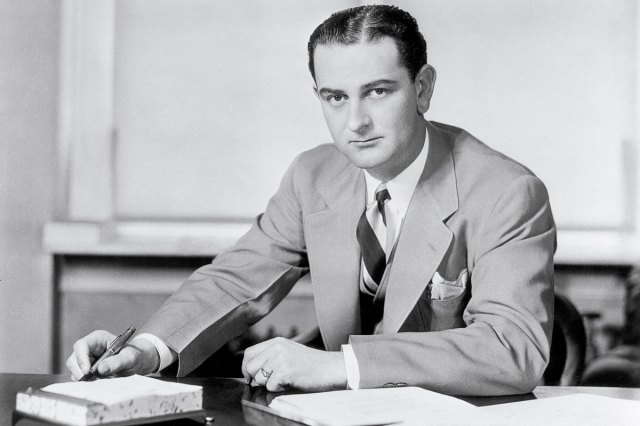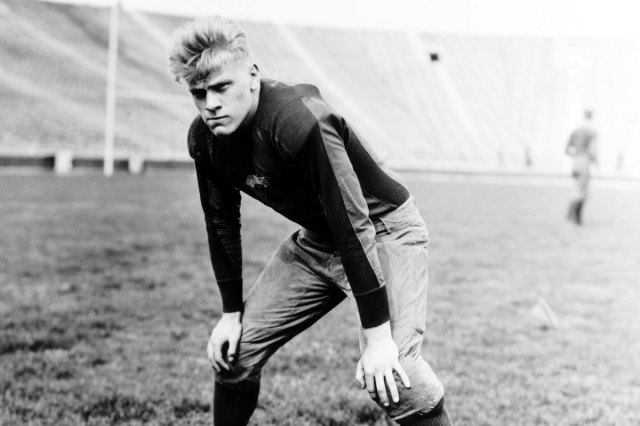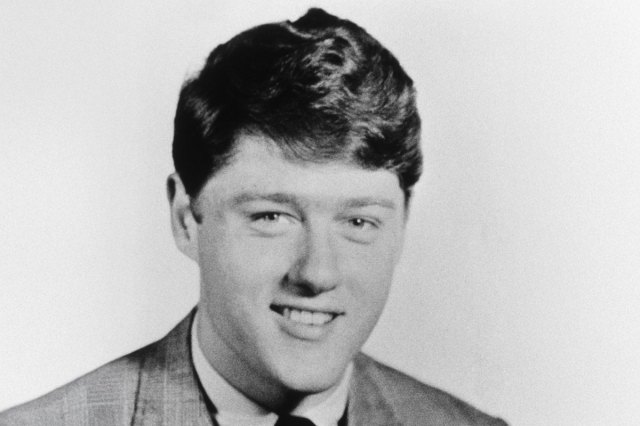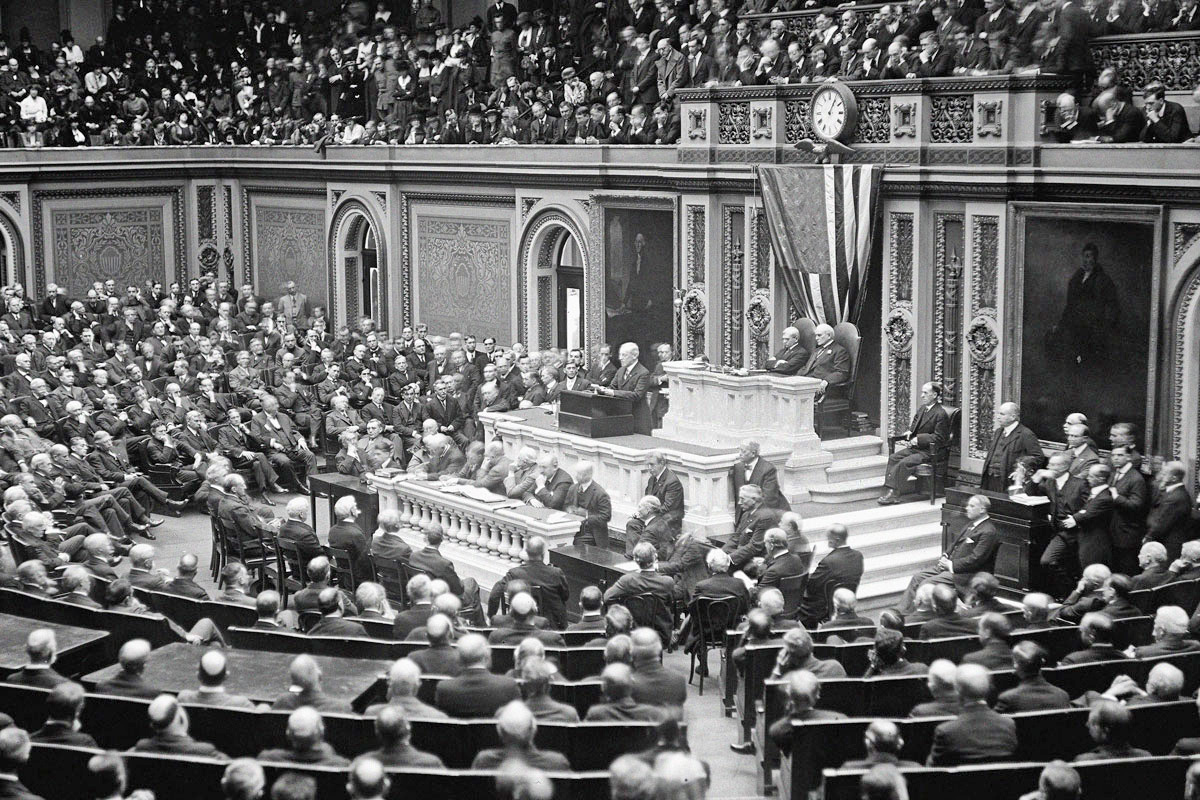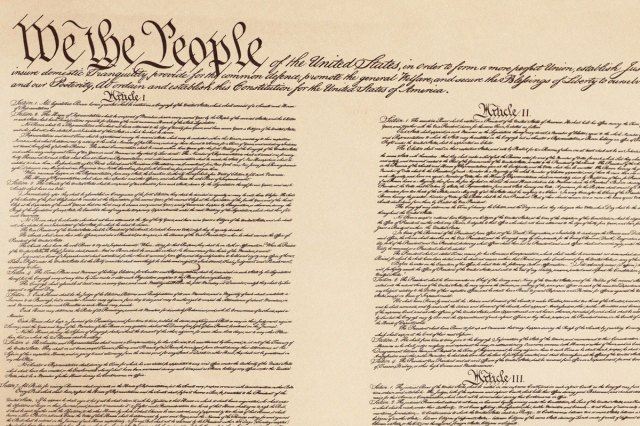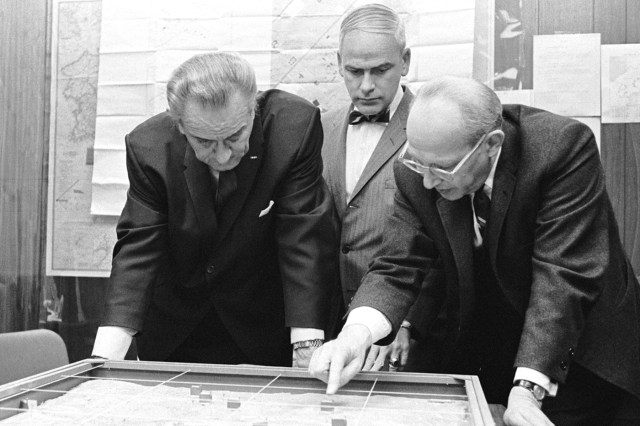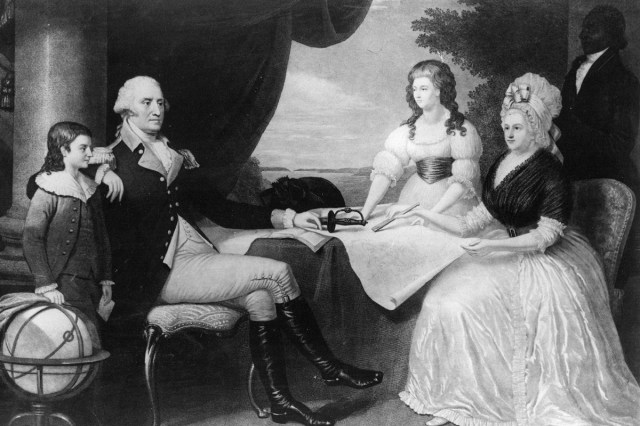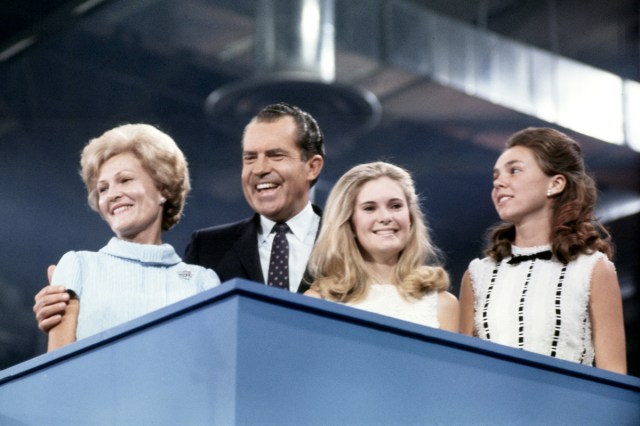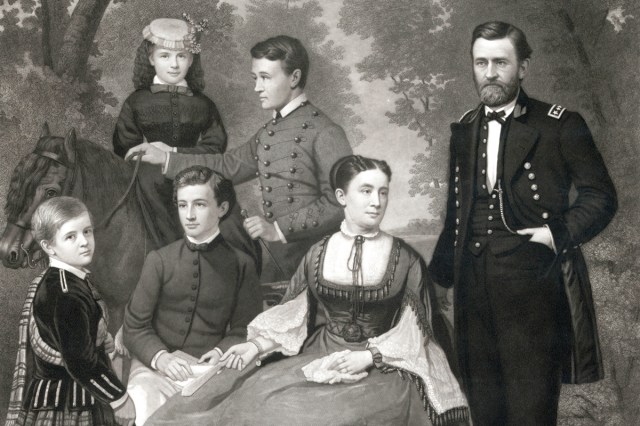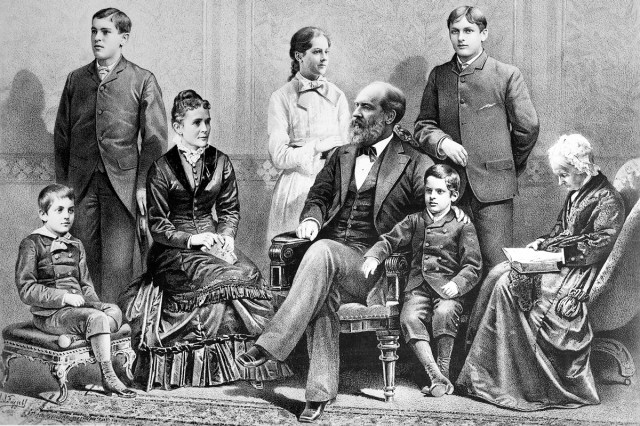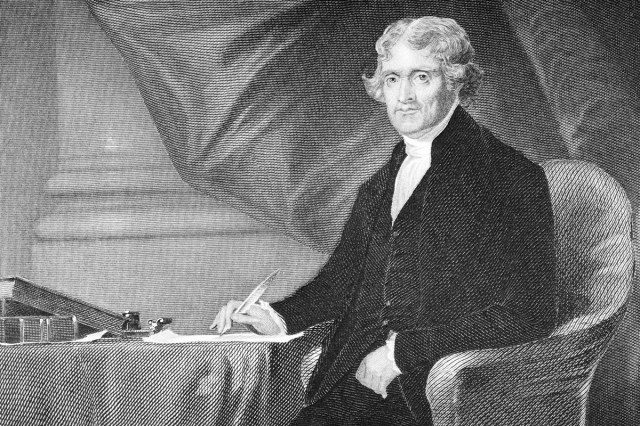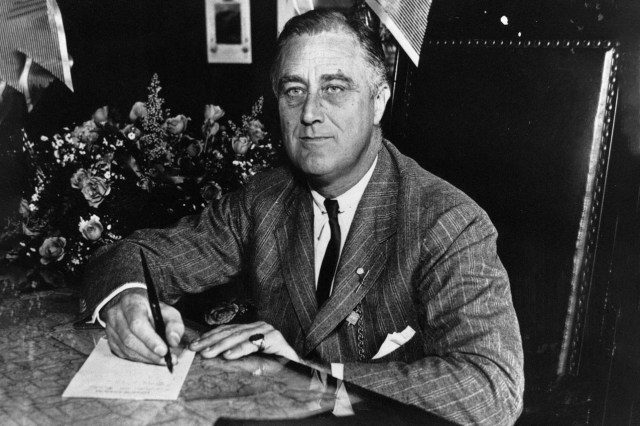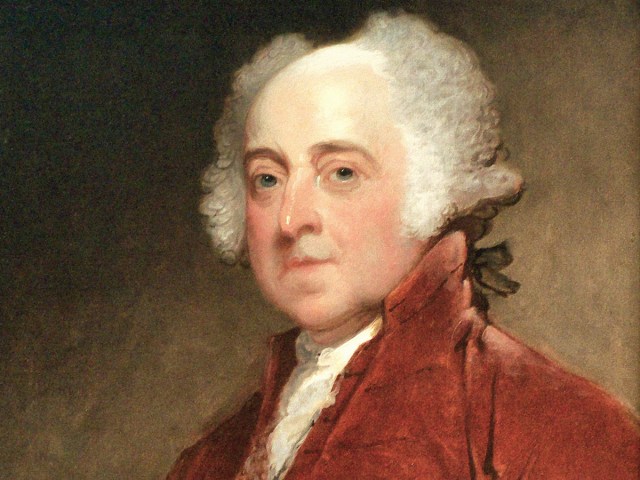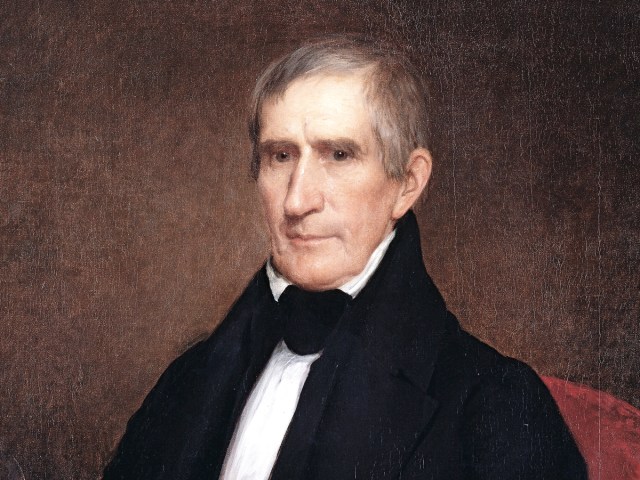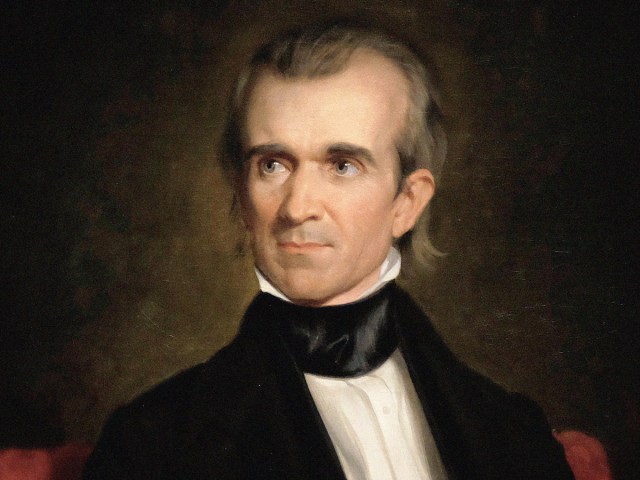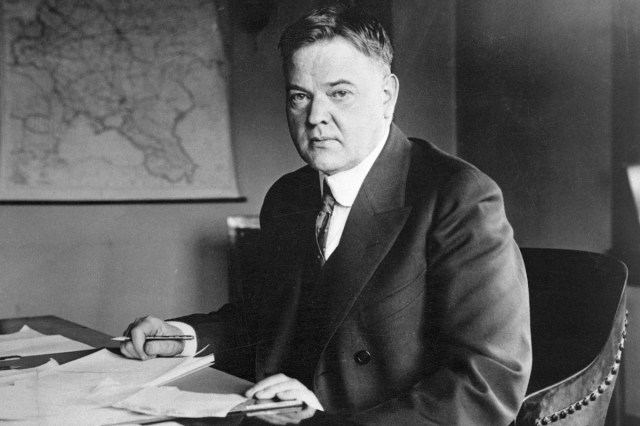Why Are Presidential Terms Four Years?
Every four years, Americans go to the polls to elect the U.S. president. It’s a familiar process — the campaigning, the debates, the Election Day drama — and an equally familiar four-year schedule. But why four years, and not three, or five, or 15? To find the answer, we need to go back to a sweltering Philadelphia summer in 1787, when 55 men argued, compromised, and at some points despaired over creating an executive office that wouldn’t lead to that most unwanted and troublesome of things: a new king.
Here’s a look at how, and why, a four-year presidential term was chosen — a story that reveals much about the concerns of the Founding Fathers and their deep-rooted desire to avoid monarchy, mob rule, or concentrated power, and instead strike a balance that would best serve their fledgling nation.
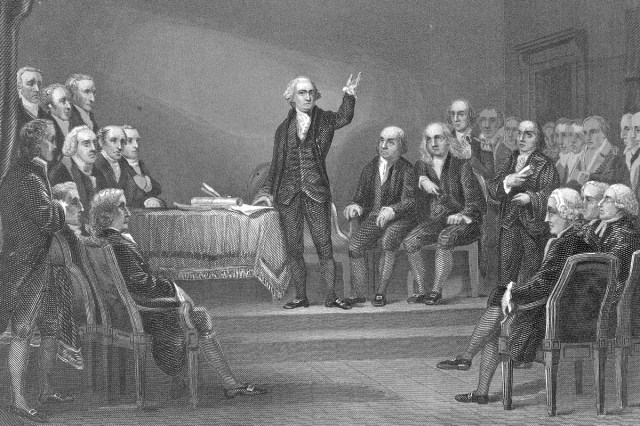
7-Year Terms Were Initially Approved
When the 55 delegates gathered at the Constitutional Convention in May 1787, they had no real blueprint for an elected executive. The Western world at the time was dominated by monarchies, such as those in England, France, Spain, and Prussia, and the handful of republics that existed offered dubious models. The Dutch Republic, for example, was on the verge of collapse, and the Polish-Lithuanian Commonwealth, with its system of elective kings, was already entering a period of protracted political decline.
The Founding Fathers, therefore, were staring at a rather blank slate — and so the debate began. James Wilson of Pennsylvania proposed a three-year term for the president, assuming reelection would be possible. Charles Pinckney of South Carolina countered with seven years. Others supported a single seven-year term with no opportunity for reelection, in order to avoid creating what North Carolina’s Hugh Williamson called an “elective king” who would “spare no pains to keep himself in for life, and will then lay a train for the succession of his children.”
On June 1, after much discussion, the exhausted committee voted for seven-year terms, with five states in favor, four against, and one divided. But not everyone was convinced, and the debate continued — especially regarding whether the president should be eligible for reelection. Some argued that the possibility of reelection was a motivating factor that would promote good presidential habits, while others saw it as creating dangerously long terms that could make a president too powerful. It eventually became clear that the delegates needed to find a better option.






